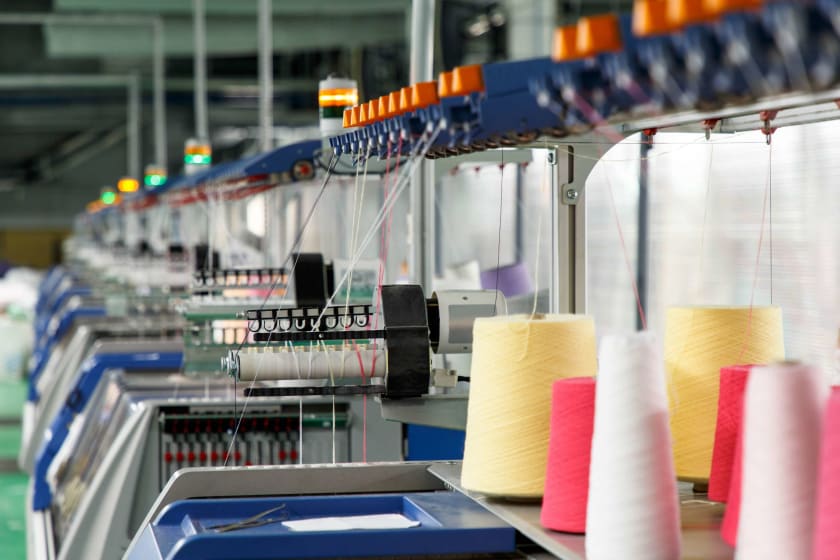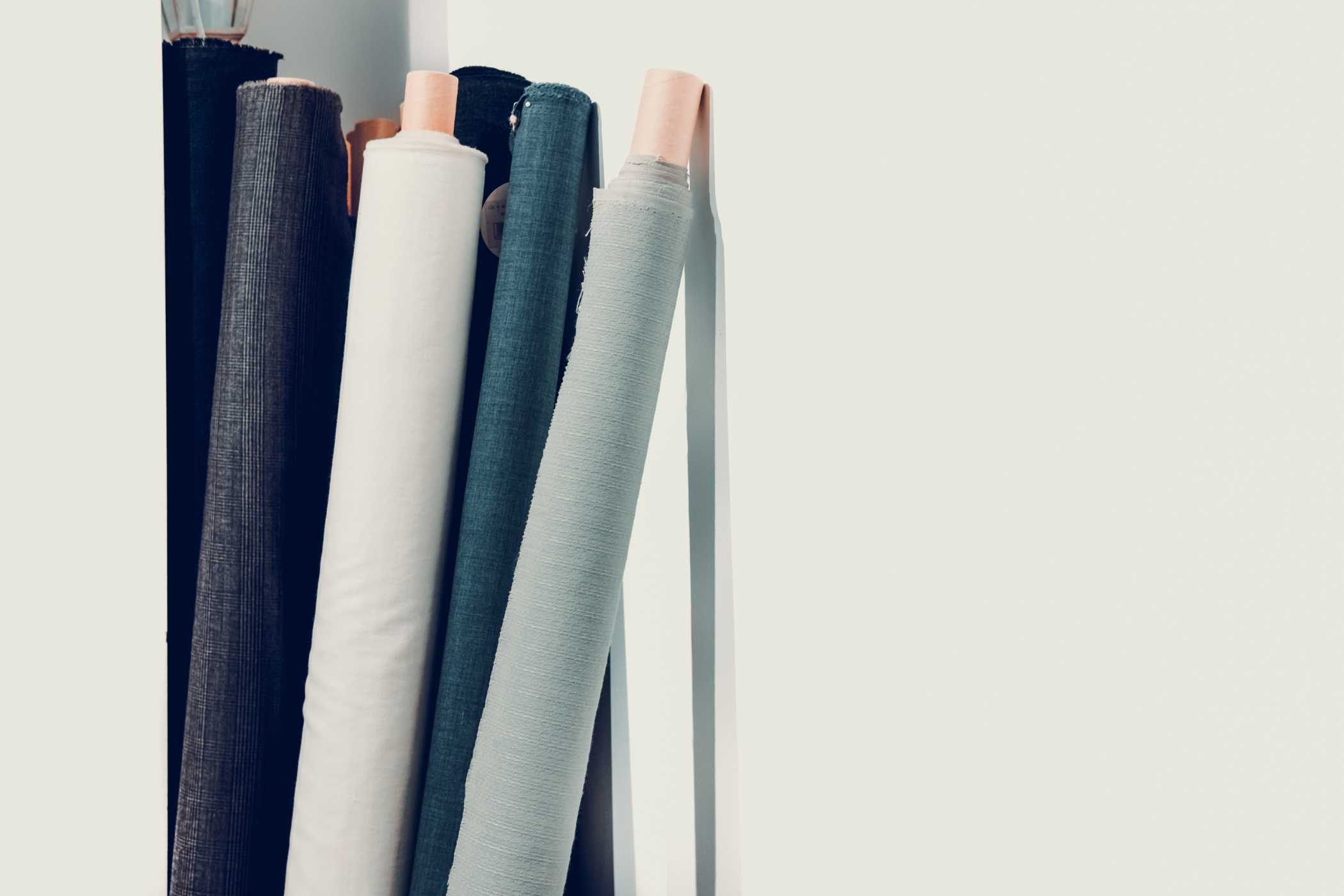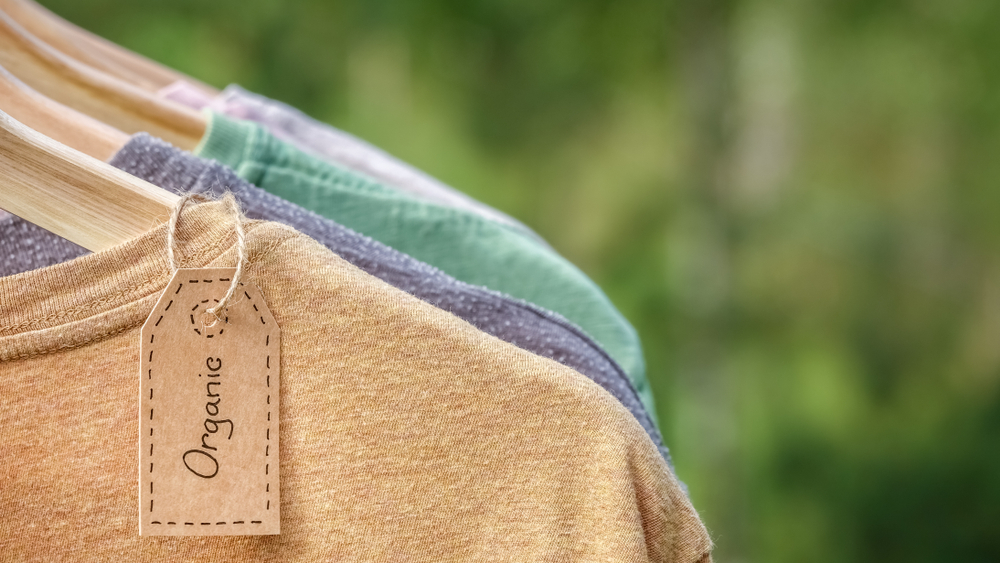Types of all fabric dyes used in the textile industry



Clothes are now produced in various colors to provide everyone with a unique and individual set of pairs. Due to the lack of vibrant materials in nature, this was previously not possible. The use of several types of fabric dyes gives the clothing a gorgeous and vibrant appearance. Different kinds of fabric dyes are used for various types of textiles. Each of these fabric dyes has a unique impact on textiles and imparts a unique color texture.
Dyes and 'Dyeing'
The colorants used on fabrics are dyes. On fabrics, dyes are often applied as a solution. By immersing them in this solution, clothes can be dyed. To prevent fading of the cloth when it is washed or exposed to sunlight, the dye has to be chemically stable. An excellent dye has molecules that bind firmly to the molecules of the fabric, keeping colors from fading.
The fabric of cloth can be dyed at any stage of its manufacturing. Fabric dyes can be used in fiber, yarn, or fabric forms. And sometimes, the cloth is dyed when it is entirely manufactured. The two most common and basic dyes are natural and synthetic. As the name suggests, natural dyes are obtained from natural resources, whereas synthetic dyes are artificially manufactured.
Types of fabric dyes used in the textile industry
Various dyes have different effects and finishes on fabrics. Therefore, for a fashion brand, it is important to choose the right kind of dye for a particular fabric. Here is the list of different types of fabric dyes that they can use for their clothes -
1. Fiber reactive dyes
The reactive fiber dyes are the dyes that create a molecular bond with the fiber molecules and dye molecules. As the molecules bind, the fabric is washed safe fabrics are dyed with reactive fiber dyes. These dyes can be used in cotton fabric and cellulose/protein fiber fabric.
2. Natural dyes
Natural dyes are derived from various natural resources such as plants, animals, and minerals. Since they are derived from natural resources, they are environment friendly. And to fix this, dye mordants are used that are usually non-toxic.
Nowadays, most natural dyes are replaced by synthetic dyes as they are cheaper, reliable, and easily supplied by vendors. This is because natural dyes are considered less efficient than other dyes.
3. VAT dyes
VAT dyes are the types of dyes that are insoluble in water. These dyes require reducing agents. The name VAT is derived from the old indigo method of dyeing 'VAT,' where indigo had to be reduced to light form. So, to dye cloth in a vat, one must perform oxidation and reduction reactions and keep the pH level at its ideal level. These dyes offer high characteristics for color fastness. The dyeing process takes place in a vat or a bucket.
4. Direct dyes
Direct dyes are usually used for coloring cellulose-type textiles such as cotton. They are soluble in water and form colored anions. Natural dyes are easy to apply and are less expensive, so they are mostly preferred over fabric dyes. They are also dull in color, and they have medium color resistance. These dyes are not suitable for bright colors and are lightfast.
5. Acid dyes
For protein fibers such as wool and silk, acid dyes are used. They are the best dyes for coloring protein fabrics. Acid dyes have several subtypes of dyes, making them a large category in themselves. The two most popular acid dyes are leveling and lancet acid dyes.
6. Disperse dyes
Disperse dyes are fabric dyes that are sparsely soluble in water and are substantive to a few hydrophobic fibers. Dispersions make applications of this dye in water, as the name suggests. It was specially made for dyeing cellulose acetate and used mainly for polyester fiber. Disperse dyes are converted into fine particles for making their paste and are sometimes even spray-dried to obtain a powder. This dye can also be used on fabrics like georgette and nylon.
7. All-purpose dyes
All-purpose dyes are a combination of different dyes, such as direct and acid dyes, and are used on a wide range of fabrics. This dye can also be used on mixed fabrics, made by mixing two different types of fabrics. But this dye cannot be used on polyester or jacquard fabric.
8. Azoic dyes
This dye contains at least one azo group and is therefore called azoic dyes. These dyes have high coloring properties and are used for dyeing bright colors like red or yellow. These are mainly used for dyeing fabrics in shades of red or printing since many classes of high-fasting dyes lack red colors. Azoic dyes are produced using a two-component coupling compound and the Di-Azo compound.
9. Basic/Cationic dyes
Basic dyes are cationic and are one of the first synthetic dyes extracted from coal tar derivatives. Basic dyes are commonly used on natural silk cloth, nylon, wool, and other modified acrylic fabrics. Acetic acid is added to the dye bath to increase the absorption of this dye. This dye also finds its application in the coloration of paper.
10. Mordant dyes
This dye does not dye the fabric directly as it needs a binding agent that is mordant, which improves as well as increases the fastness of the fabric dye against light, water, and perspiration. It is usually used on cotton, wool, or other protein fabrics. It is very important to choose the right type of mordant or else the color of fabrics will not be as expected.
11. Sulfur dyes
Sulfur dye is the most commonly used fabric dye out of all. They are mostly used to dye cellulose-based materials. It is inexpensive, has good wash-fastness, and has poor sunlight resistance. Easy to apply the dye and most commonly used on cotton. Using sulfur dye to color fabrics includes several steps: reduction, dyeing, washing, oxidation, soaping, and final washing. Sulfur dyes also make fabrics tender or weak; thus, they get damaged easily.
Conclusion
These dyes are economical dyes, and the interaction between the fabric and the dye is through strong ionic bonds. And one needs to know more about the bond between fiber and dye if they are a part of a clothing brand or someone working for a long time in the textile industry. Dyeing is the most basic knowledge required for working in any textile industry.
Learn more about how the dye is applied to textiles. These acid dyes are typically applied to synthetic textiles like nylon and natural fibers like silk and wool. Nowadays, synthetic dyes are mostly employed in the textile sector.

Fashinza can help apparel retailers get high-quality garments that are precisely colored with high-quality fabric dyes and arrive on time at their stores.



















